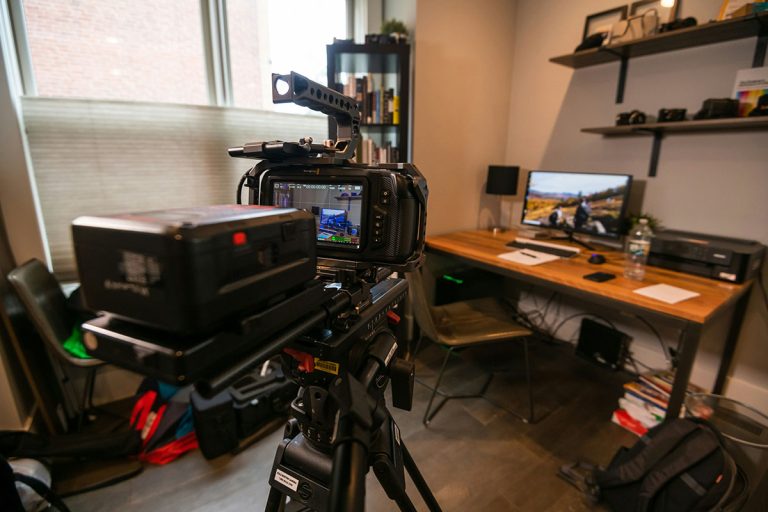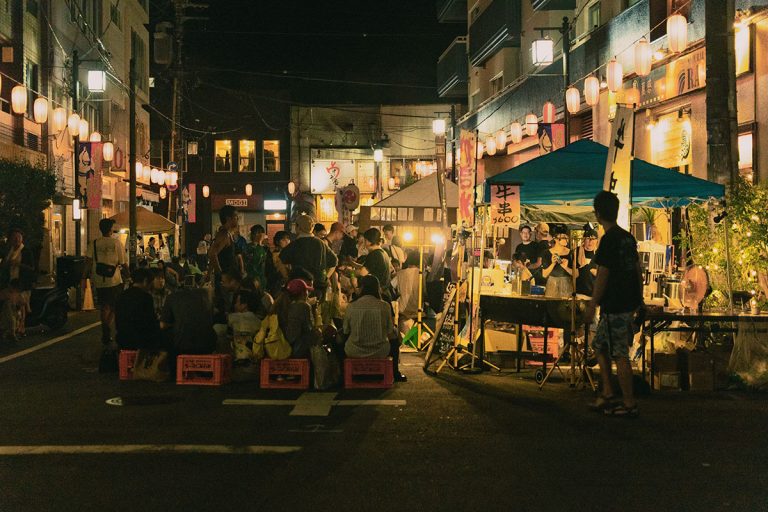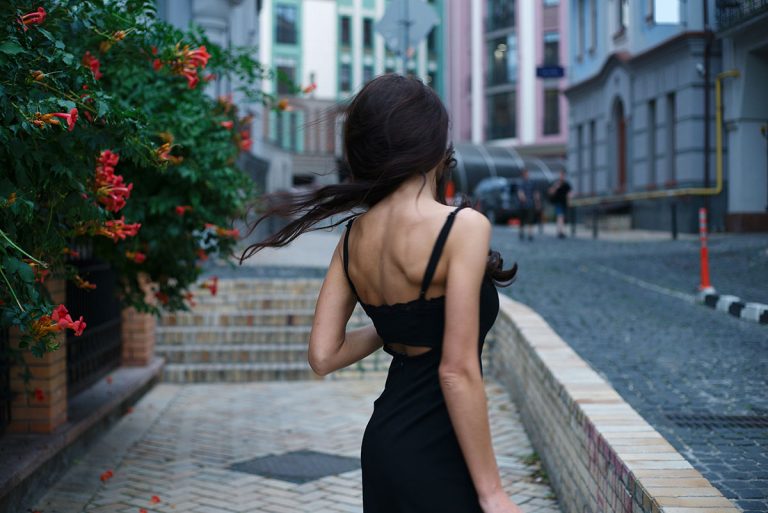
The kitchen has emerged as an unexpected source of fashion inspiration, with chef uniforms transcending restaurant walls to influence mainstream style trends. From the pristine white chef coat to functional utility details, culinary workwear has captured the attention of designers and fashion enthusiasts alike. This intersection of food culture and fashion reflects our growing fascination with authentic craftsmanship and functional design.
Celebrity chef culture has elevated kitchen attire from purely practical workwear to style statements that communicate professionalism, creativity, and expertise. As cooking shows dominate entertainment and social media showcases culinary artistry, the aesthetic appeal of chef uniforms has gained widespread recognition beyond professional kitchens.
The Evolution of Chef Uniform Elements in Fashion
The Iconic White Chef Coat Revolution
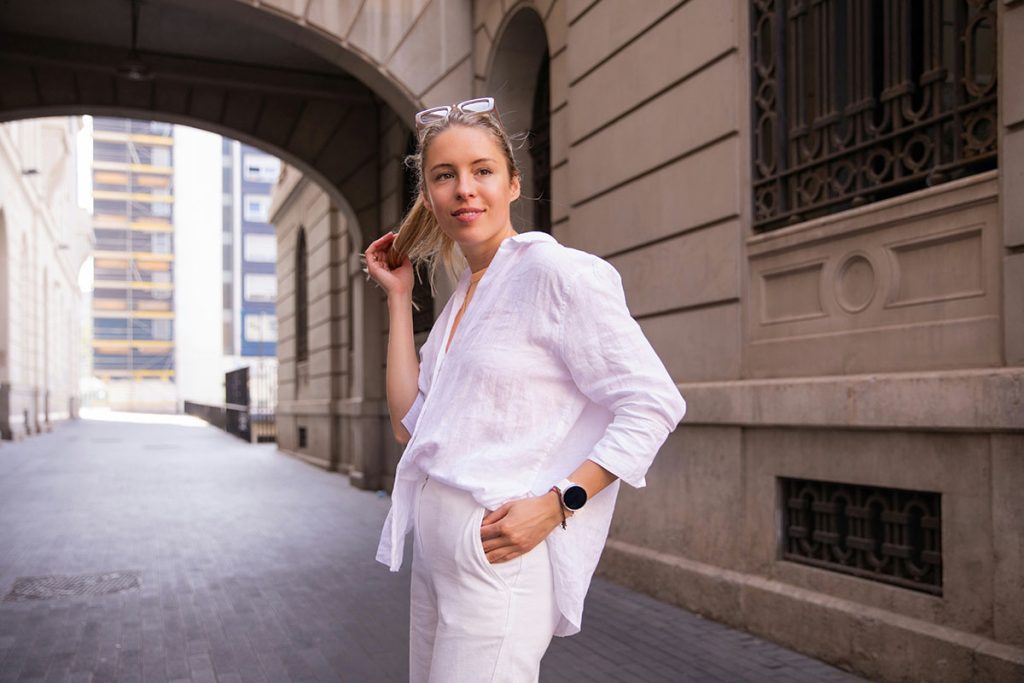
The traditional white chef jacket, with its distinctive double-breasted design and structured silhouette, has become a cornerstone of contemporary fashion. High-street brands have reimagined this classic piece, creating blazers and outerwear that maintain the clean lines and functional button placement while adapting the fit for everyday wear.
Fashion houses have embraced the chef coat’s utilitarian aesthetic, incorporating oversized pockets, snap closures, and the characteristic high collar into their collections. The crisp white colorway has proven particularly influential, inspiring minimalist wardrobes that prioritize clean, professional aesthetics.
Traditional Kitchen Patterns Go Mainstream
The classic houndstooth and checkered patterns traditionally associated with chef pants have migrated into mainstream fashion with remarkable success. These geometric prints now appear on everything from blazers and skirts to accessories and shoes, bringing the kitchen’s functional heritage into everyday style.
Gingham checks, once confined to kitchen towels and chef trousers, have experienced a fashion renaissance. Designers have scaled these patterns up and down, creating everything from statement coats to delicate blouse details that reference culinary traditions while maintaining contemporary appeal.
Street Style Adoption of Culinary Workwear
Apron-Inspired Design Details
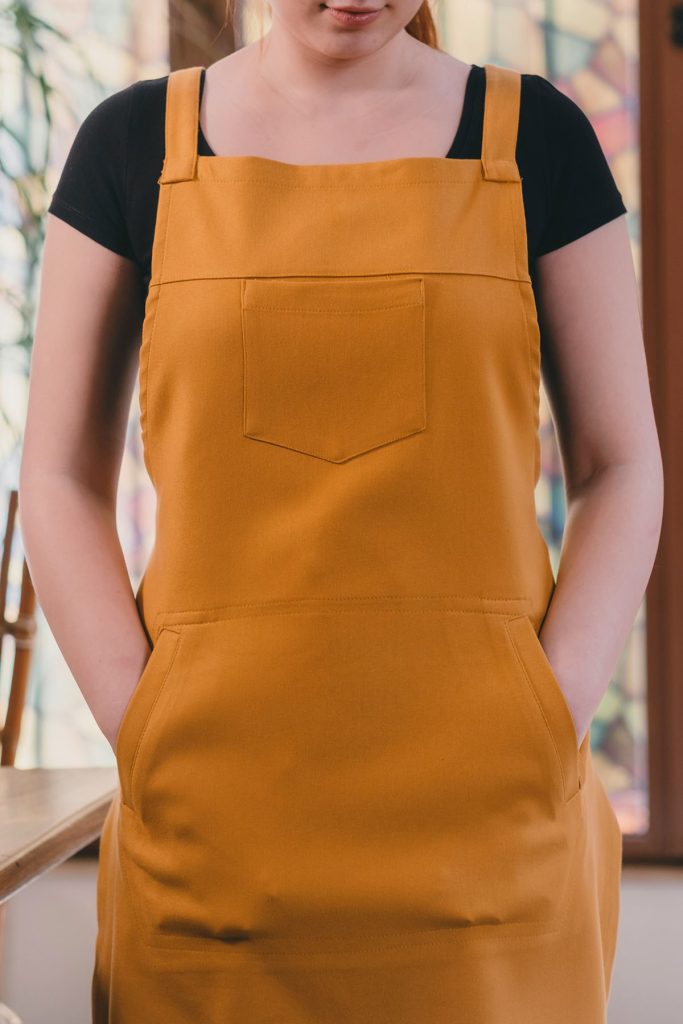
The humble apron has transformed from kitchen necessity to fashion statement, influencing everything from wrap dresses to crossbody bag designs. Contemporary interpretations feature apron-style ties, front pockets, and layered construction that references the original garment while serving modern style needs.
Pinafore dresses and overall-style garments draw direct inspiration from kitchen aprons, offering wearers the same sense of purposeful functionality that makes chef wear so appealing. These pieces communicate competence and readiness for action, qualities that resonate with today’s multi-tasking lifestyle demands.
Utility-First Fashion Philosophy
Chef uniforms prioritize function above all else, featuring strategic pocket placement, moisture-wicking fabrics, and easy-care construction. This practical approach has heavily influenced the current trend toward utility wear, where fashion meets function in innovative ways.
Cargo pants, multi-pocket vests, and technical fabrics that resist stains and wrinkles all trace their fashion lineage back to professional kitchen wear. The emphasis on durability and performance has shifted consumer expectations, making functionality a key selling point for contemporary clothing.
Designer Interpretations of Kitchen Classics
High-Fashion Takes on Culinary Staples
Luxury fashion brands have elevated chef uniform elements into high-end pieces that command premium prices. Designer collections frequently feature deconstructed chef coats, avant-garde apron silhouettes, and innovative interpretations of traditional kitchen textiles.
These high-fashion interpretations maintain the visual DNA of chef wear while introducing luxury materials like silk, cashmere, and technical fabrics that would never survive actual kitchen work. The result creates aspirational pieces that celebrate the craft of cooking while serving purely aesthetic purposes.
Collaborative Collections and Chef Partnerships
Fashion brands increasingly collaborate with celebrity chefs to create capsule collections that blend culinary expertise with style innovation. These partnerships produce limited-edition pieces that authentically represent both worlds while creating exclusive products for fashion-conscious food enthusiasts.
Restaurant merchandise has evolved beyond simple logo apparel to include thoughtfully designed pieces that reflect each establishment’s aesthetic philosophy. These items often become coveted fashion statements that communicate the wearer’s culinary sophistication and cultural awareness.
The Psychology Behind Chef-Inspired Fashion
Authority and Expertise Signaling
Chef uniforms communicate competence, precision, and professional authority – qualities that translate powerfully into fashion contexts. Wearing chef-inspired pieces allows individuals to project these same characteristics, suggesting capability and attention to detail in their personal and professional lives.
The structured nature of chef wear provides psychological benefits, helping wearers feel more organized and purposeful. This phenomenon explains why chef-inspired fashion performs particularly well in professional environments where competence and reliability are valued.
Authenticity in an Digital Age
As digital culture dominates daily life, chef-inspired fashion offers a connection to tangible craftsmanship and traditional skills. The aesthetic represents genuine expertise and hands-on creativity, providing an antidote to increasingly virtual professional environments.
This authentic appeal resonates particularly strongly with younger consumers who value experiences and craftsmanship over purely material luxury. Chef-inspired fashion allows them to express appreciation for skill-based professions while maintaining contemporary style sensibilities.
Incorporating Chef Elements into Your Wardrobe
Starting with Statement Pieces
Begin incorporating chef-inspired elements through key pieces like structured white blazers that reference chef coats or printed pants featuring subtle houndstooth patterns. These items provide immediate visual impact while remaining versatile enough for multiple styling approaches.
Accessories offer another accessible entry point, with apron-style bags, utility belts, and minimalist white sneakers that echo kitchen shoe aesthetics. These smaller pieces allow experimentation without committing to full chef-inspired outfits.
Building a Functional Fashion Capsule

Create a chef-inspired capsule wardrobe by focusing on pieces that combine style with practical functionality. Prioritize items with thoughtful pocket placement, easy-care fabrics, and clean silhouettes that can transition from casual to professional settings seamlessly.
Layer classic white pieces with textured bottoms and functional outerwear to create cohesive looks that reference culinary aesthetics while maintaining contemporary appeal. The key lies in balancing obvious chef references with subtle nods that feel natural rather than costume-like.
Color Palette and Fabric Considerations
Embrace the traditional chef color palette of whites, blacks, and classic patterns while incorporating modern fabric technologies that enhance performance and comfort. Look for pieces that resist stains and wrinkles while maintaining the crisp appearance that defines professional kitchen aesthetics.
Mix traditional chef-inspired pieces with contemporary silhouettes to create looks that feel fresh and relevant. The goal is to capture the essence of chef wear’s functionality and professionalism while adapting it for non-culinary environments.
The Future of Food-Fashion Crossover
Emerging Trends and Technologies
Smart fabrics and performance materials will likely play increasing roles in chef-inspired fashion, bringing actual kitchen functionality into everyday wear. Temperature-regulating textiles, stain-resistant treatments, and moisture-wicking properties will become standard features rather than specialized additions.
Sustainable materials and ethical production methods align with both the culinary world’s farm-to-table movement and fashion’s growing environmental consciousness. Expect to see more chef-inspired pieces made from organic, recycled, or innovative eco-friendly materials.
Cultural Impact and Continued Evolution
As cooking culture continues expanding through social media and entertainment platforms, chef-inspired fashion will likely become more sophisticated and diverse. Different culinary traditions will contribute unique aesthetic elements, creating a richer vocabulary of food-inspired fashion references.
The trend represents a broader cultural shift toward valuing craftsmanship, functionality, and authentic expertise. Chef-inspired fashion satisfies the desire to connect with these values while maintaining contemporary style relevance and personal expression opportunities.
Frequently Asked Questions
Q: Can chef-inspired fashion work for formal occasions?
A: Yes, structured chef coat blazers and minimalist white pieces can create sophisticated looks appropriate for business and semi-formal events when styled correctly.
Q: What’s the difference between chef-inspired fashion and actual chef uniforms?
A: Fashion interpretations prioritize style and versatility over kitchen functionality, using different fabrics and cuts while maintaining the aesthetic DNA of professional chef wear.
Q: How do I avoid looking like I’m wearing a costume?
A: Mix chef-inspired pieces with contemporary items, focus on subtle details rather than obvious uniforms, and choose pieces that fit your body and lifestyle appropriately.
Q: Are chef-inspired fashion pieces practical for everyday wear?
A: Many offer excellent functionality with strategic pockets, easy-care fabrics, and versatile styling options, making them practical choices for active lifestyles.
Q: Which chef-inspired trends are most wearable for beginners?
A: Start with white blazers, houndstooth patterns, or apron-style bags – these pieces offer clear chef references while integrating easily into existing wardrobes.
